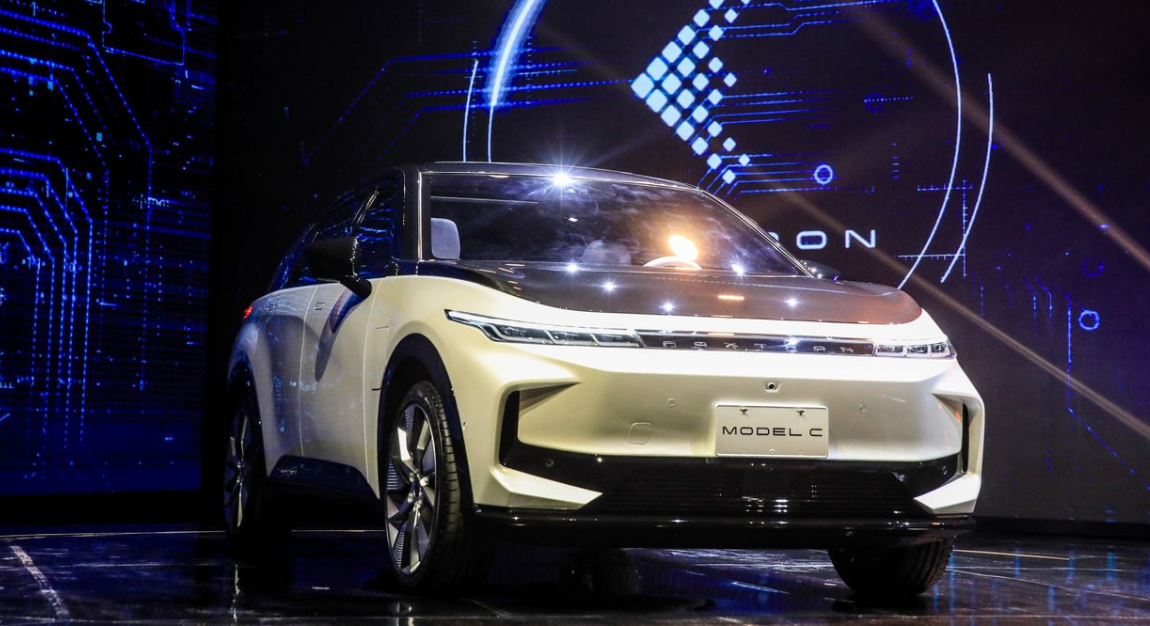Wanbo from Vice driving Temple
Smart Car Reference|Official Account: AI4Auto
After being exposed as a manufacturer of Apple’s cars, Foxconn has made another recent progress in the field of car manufacturing. They have acquired a car factory for $230 million from Lordstown, a new US car manufacturer established in 2018.
In addition to the $230 million purchase price, Foxconn also sent a large gift package worth $465 million in investment and loans to Lordstown. Therefore, in order to acquire the car factory, Foxconn has paid a total of $695 million, equivalent to RMB 4.7 billion.
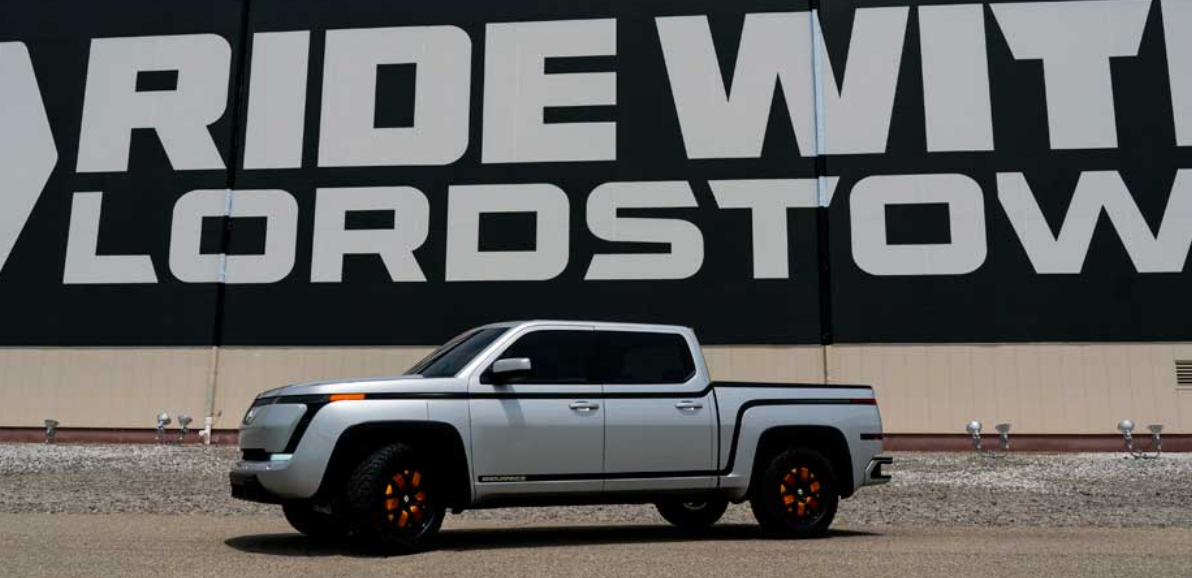
Of course, the gift package cannot be given in vain, and the following conditions were set for the transaction:
Establish a joint venture with Lordstown to develop a new car model based on Foxconn’s MIH electric platform.
Thus, Foxconn’s “Android Dream” in the car manufacturing field has made substantial progress.
There was also another piece of news. When asked about the market rumors of manufacturing Apple’s cars, Foxconn gave a “no comment” response.
Now everything is clear…
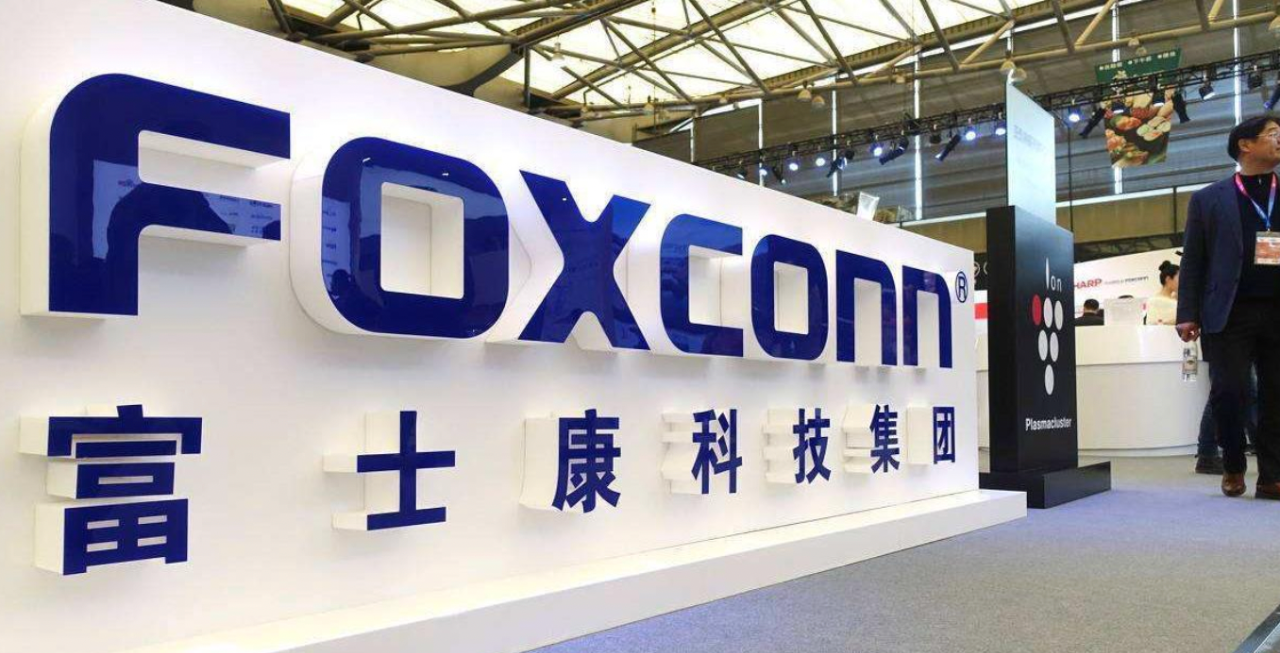
Acquired a car factory for RMB 4.7 billion
The news comes from Lordstown, a US electric car manufacturer established in 2018. The trading factory is located in Ohio, USA.
The transaction began in November last year and after 7 months of negotiations and paperwork, the final terms of the transaction were officially announced today. According to the transaction agreement, Foxconn has acquired the factory for $230 million, and a series of investment conditions are attached:
Firstly, after the transaction is completed, Foxconn will take over the factory and all the employees will join Foxconn. Both parties have also signed an OEM contract, with Foxconn producing the Endurance electric pickup truck for Lordstown.
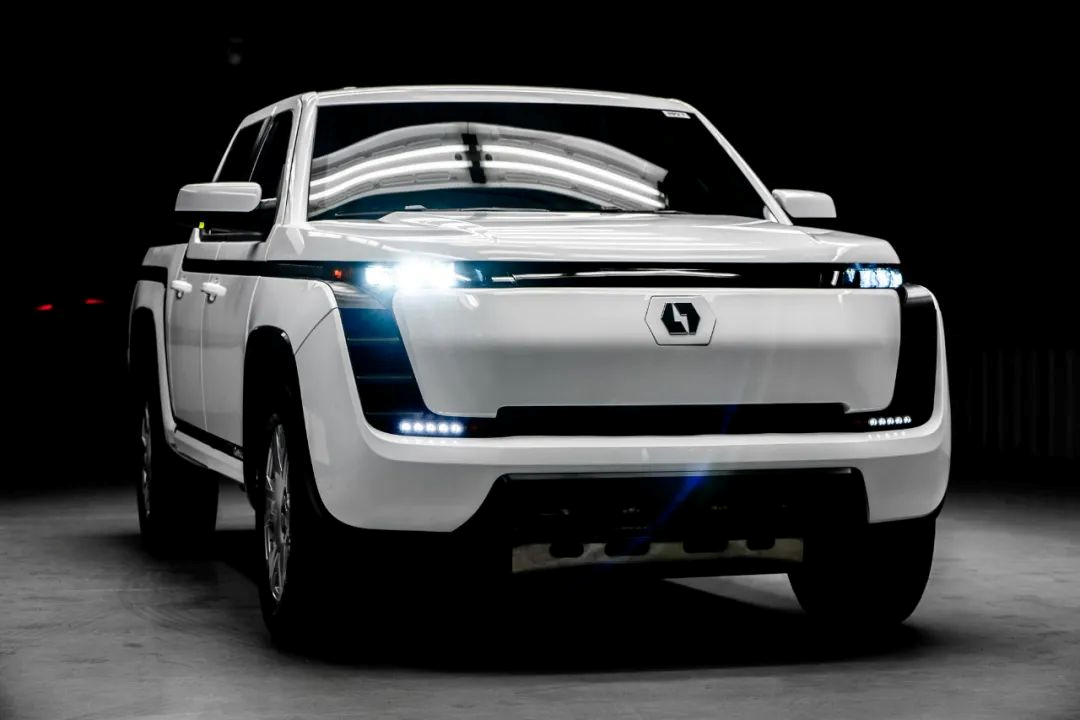
Secondly, Foxconn will invest an additional $100 million in Lordstown, which is struggling with cash flow, and provide $27 million in operating and expansion costs. In addition, Foxconn has purchased $50 million worth of Lordstown shares.Finally, to support Lordstown’s production plan, Foxconn has decided to establish a joint venture with Lordstown: MIH EV Design LLC. The company will develop electric vehicle products based on Foxconn’s Mobility-in-Harmony (MIH) open source platform, which was released in October 2020.
In addition, Foxconn has provided a $45 million loan to Lordstown to meet its initial capital commitment to the joint venture.
That is all the content of this transaction.
From the perspective of the transaction conditions, Foxconn’s investment in the factory far exceeds the factory’s valuation of $230 million. Altogether, the cumulative amount is $695 million (equivalent to 4.726 billion yuan).
Why did Foxconn spend triple the original price to acquire a factory?
The secret lies in the MIH open source platform mentioned earlier. What Foxconn really wants to acquire is not a factory, but the first mass production partner of the MIH open source platform.
So the question is:
What is this MIH open source platform? Why does Foxconn value it so much?
Foxconn’s transformation into car manufacturing has been in preparation for years
To answer this question, we need to look back at Foxconn’s journey into the car manufacturing industry.
Although its appearance as a car manufacturer does not date too far back, Foxconn is a real “newcomer veteran” if we consider its preparations and accumulations in the early stages of its foray into car manufacturing. We can broadly summarize Foxconn’s development into car manufacturing in three stages:
The first stage: OEM of automotive components.
As early as 2005, Foxconn acquired Taiwan’s Sertek Electric (Group) Co., Ltd. for CNY 370 million (about USD 57 million), which allowed it to officially enter the OEM production of automotive components, with the main products being all kinds of vehicle wire harnesses and electronic products.
Over the next ten years, Foxconn successively secured orders for electronic components from various major automakers, including Tesla, BMW, Mercedes-Benz, and other mainstream car brands.
During this stage, Foxconn primarily existed as an OEM manufacturer for automotive electronic components and did not engage in vehicle manufacturing.
The second stage: Industry-wide layout.
Around 2015, when the new energy vehicle industry started to boom, Foxconn also seized the opportunity to layout the full industry of new energy vehicles.In 2015, Foxconn joint-ventured with Harmony Auto and Tencent to establish HARMONY FUTENG, which marked their first step into the new energy vehicle industry.
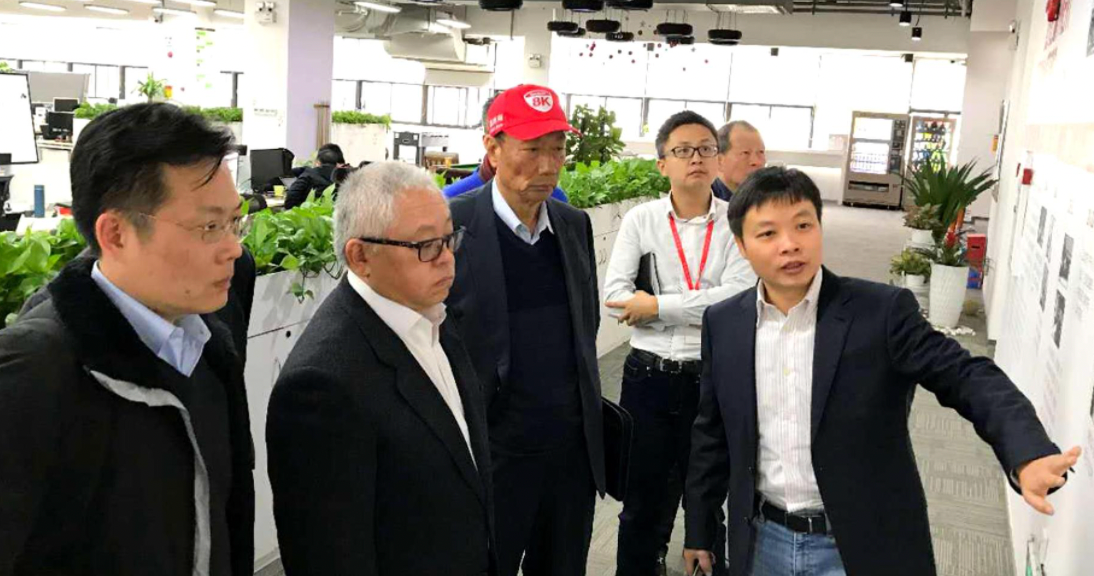
Afterwards, Foxconn successively invested in Didi, CATL, and XPeng Motors, making strategic deployment in battery, vehicle, and transportation sectors.
Sadly, HARMONY FUTENG was split into BYTON and AIWAYS due to high-level conflicts in 2016, and Foxconn withdrew from HARMONY FUTENG as well. Later, Foxconn invested 200 million US dollars into BYTON to assist its mass production, but no further progress was reported.
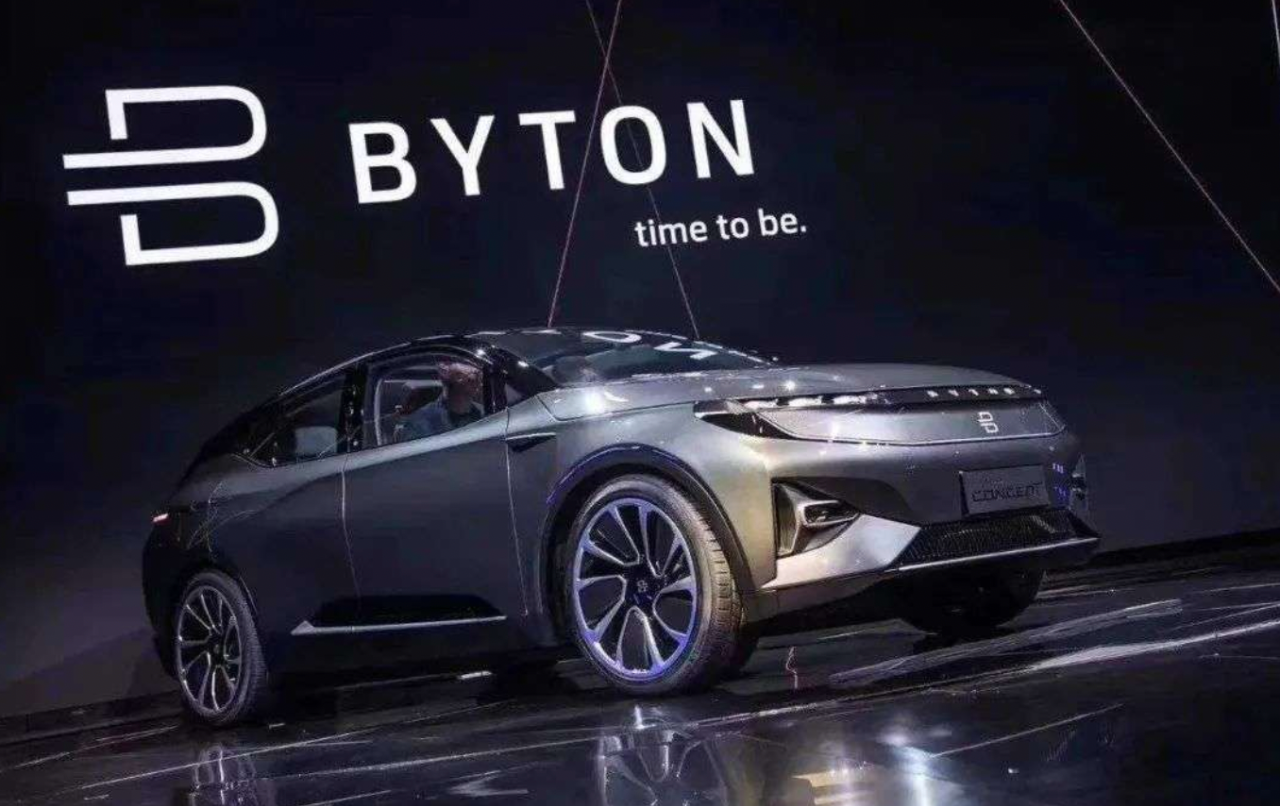
Although the joint venture HARMONY FUTENG failed, the significance was that Foxconn completed the layout of the new energy vehicle full supply chain and laid the foundation for the MIH platform in the future.
The third stage: Collaborating with Yulon to launch the MIH platform.
In October 2020, Foxconn launched the MIH EV platform and its own car manufacturing solution: the MIH Alliance.
The most significant point of this MIH platform is its openness, which means bringing every player in the new energy vehicle production chain into a standardized platform suite with software and hardware interconnectivity.
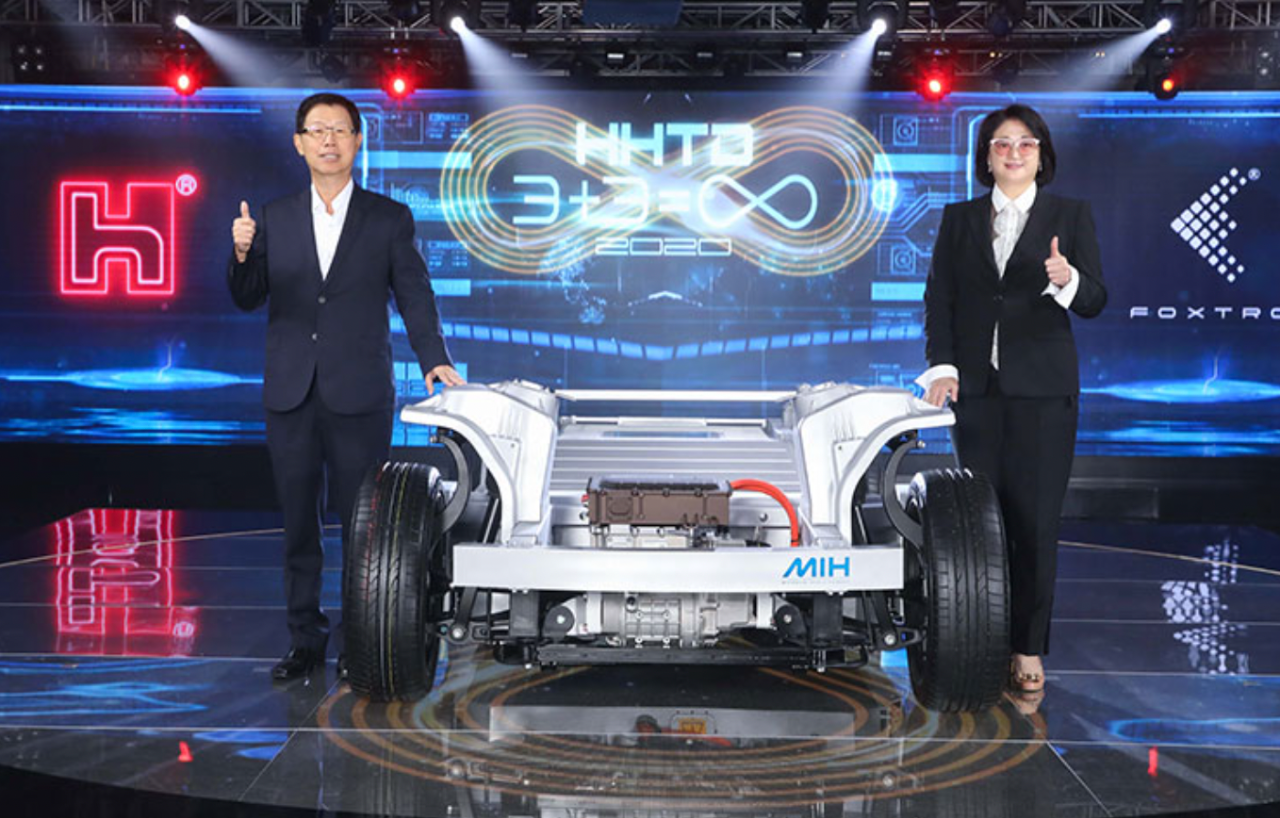
It is publicly known that as of the end of last year, there were nearly 2000 members in the MIH Alliance, including industry-leading companies like CATL and BYD Electronics. Additionally, mainstream vehicle companies like BAIC Blue Park and Geely have become partners of Foxconn’s car making project.
Based on the MIH platform, Foxconn still acts as an OEM, but the control of the MIH platform lies in Foxconn’s hands.
In other words, Foxconn provides a standardized template from the bottom-up for software and hardware, and the vehicle-makers only need to make personalized customizations according to their own needs.
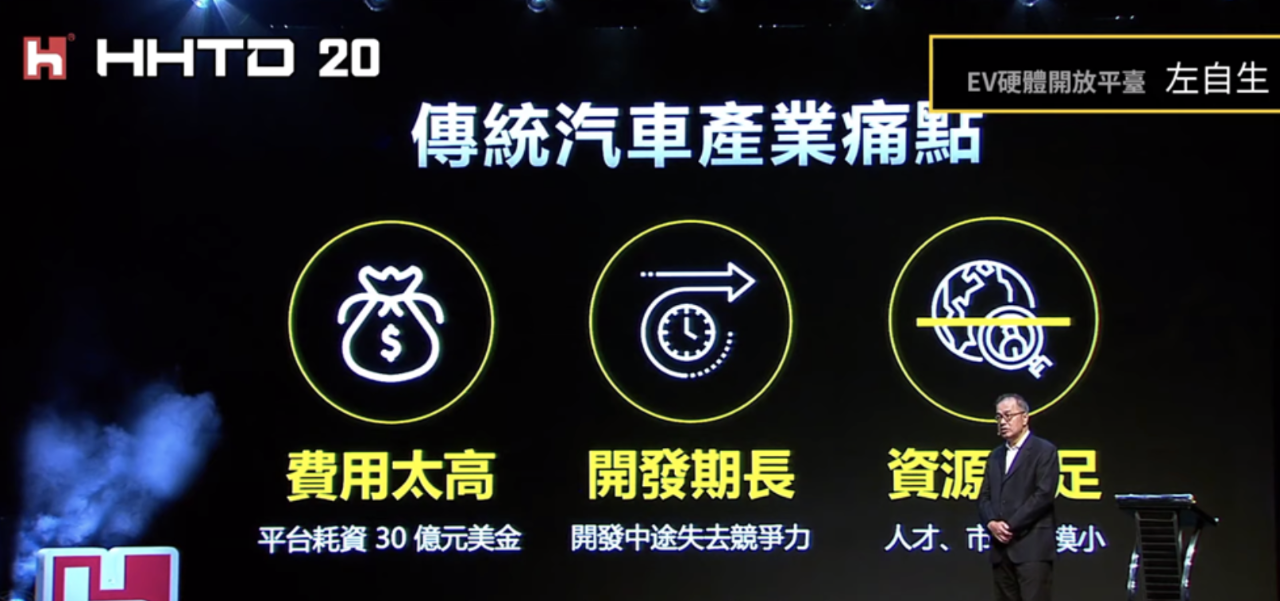
This approach is somewhat similar to the OEM production lines of the smartphone era when various manufacturers had standardized operating systems and basic hardware, with differences only lying in brand and configuration parameters.
Foxconn now plays the same role as Android in the era of new energy vehicles.The subsequent development has also confirmed Foxconn’s strategy of making cars. In 2021, Foxconn launched three prototype vehicles based on the MIH platform: Model C, Model E, and Model T. These models include sedans, SUVs, and electric buses.
While launching the products, Foxconn also officially declared their attitude towards car manufacturing: the three prototype cars are mainly used as references for automotive companies, and these companies can make personalized adjustments according to their own requirements.
It’s almost the same as the complete OEM route.
Here we can also answer why there has been no progress in the mass production of the three new cars Foxconn launched so far: since they appear in a show home role, who has seen a developer mass producing show homes?
All in all, the reason why Foxconn attaches great importance to the MIH platform is very clear:
In the smartphone era, Foxconn, as an OEM factory for Apple, quickly grew into the “OEM king” in the media’s mouth. However, in terms of industrial value, the profits allocated to Foxconn were extremely meager. Ultimately, it was because it only knew how to OEM and lacked the design ability of the underlying architecture.
However, as an OEM car manufacturer, Foxconn wants to earn more than just hard-earned money. If they want to get more say in the process of profit allocation, they need more bargaining power. And MIH platform is the scepter for that.
Which other smartphone supply chain companies have entered the automotive industry?
Finally, Foxconn’s foray into the automotive industry also reflects a major trend:
In the boom of new energy vehicles, more and more companies in the smartphone supply chain are switching to the automotive supply chain.
The most representative company is Qualcomm. In the smartphone era, Snapdragon processors became the first choice of many smartphone manufacturers, and were almost the standard configuration for Android flagship models, including Xiaomi, OPPO, and vivo, all of whom are tightly bound to Qualcomm.
In the era of smart cars, Qualcomm’s layout revolves around two core businesses: smart driving and digital cockpit.
In terms of intelligent driving, Qualcomm’s Snapdragon Ride platform was released in 2020 and has already received orders from Great Wall. It will provide underlying hardware support for the latter’s high-end models.Faster digital cockpit progress, the SA8155P cockpit chip released by Qualcomm, is called the industry’s strongest mass-produced cockpit SoC chip, and is currently installed on multiple models such as XPeng and NIO.
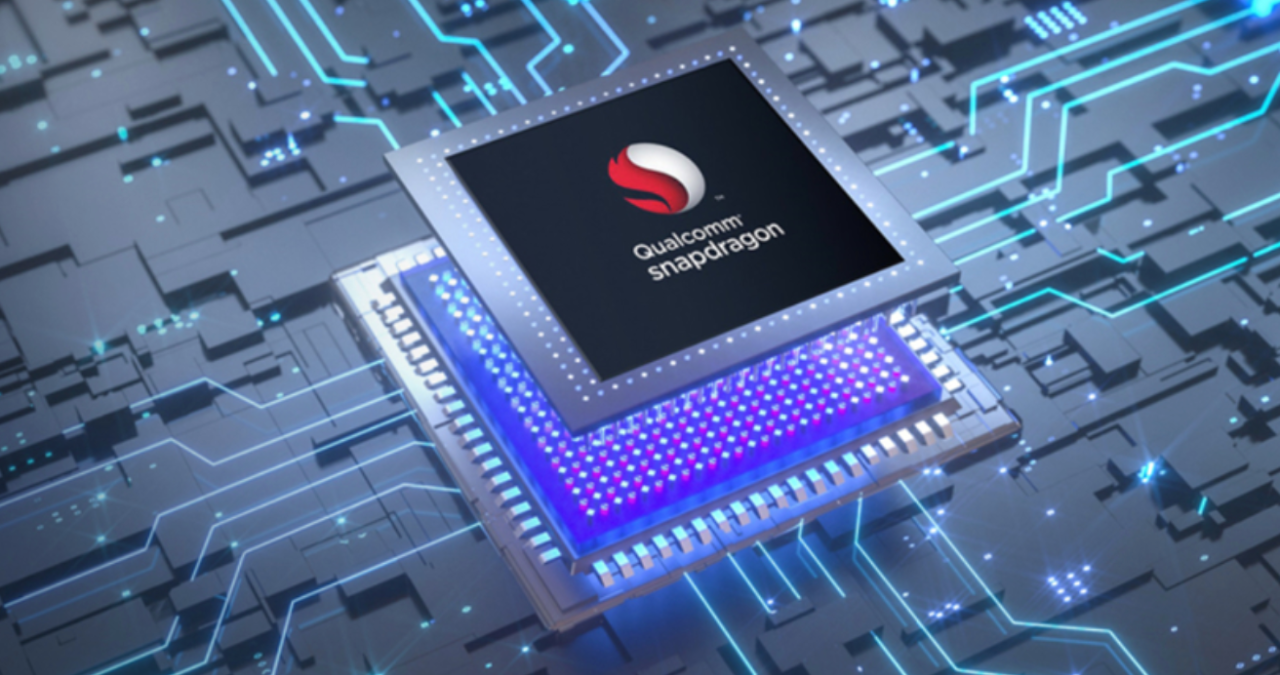
In addition, Horosoft Technologies, the first AI stock on the Science and Technology Innovation Board, was previously known as an AI vision head supplier for Android phones, and its visual algorithms are now used in mainstream models such as Huawei and Xiaomi.
In 2016, Horosoft Technologies began to enter the automotive field. Based on its accumulated experience in visual processing during the smartphone era, Horosoft Technologies began to make efforts in driver monitoring, blind spot monitoring, and high-level autonomous driving. The financial report shows that in the first quarter of this year, Horosoft Technologies’ revenue in the intelligent driving field reached 20.1 million yuan.
In addition, there is another player that cannot be ignored-Luxshare Precision-which is also a company that manufactures for Apple like Foxconn.
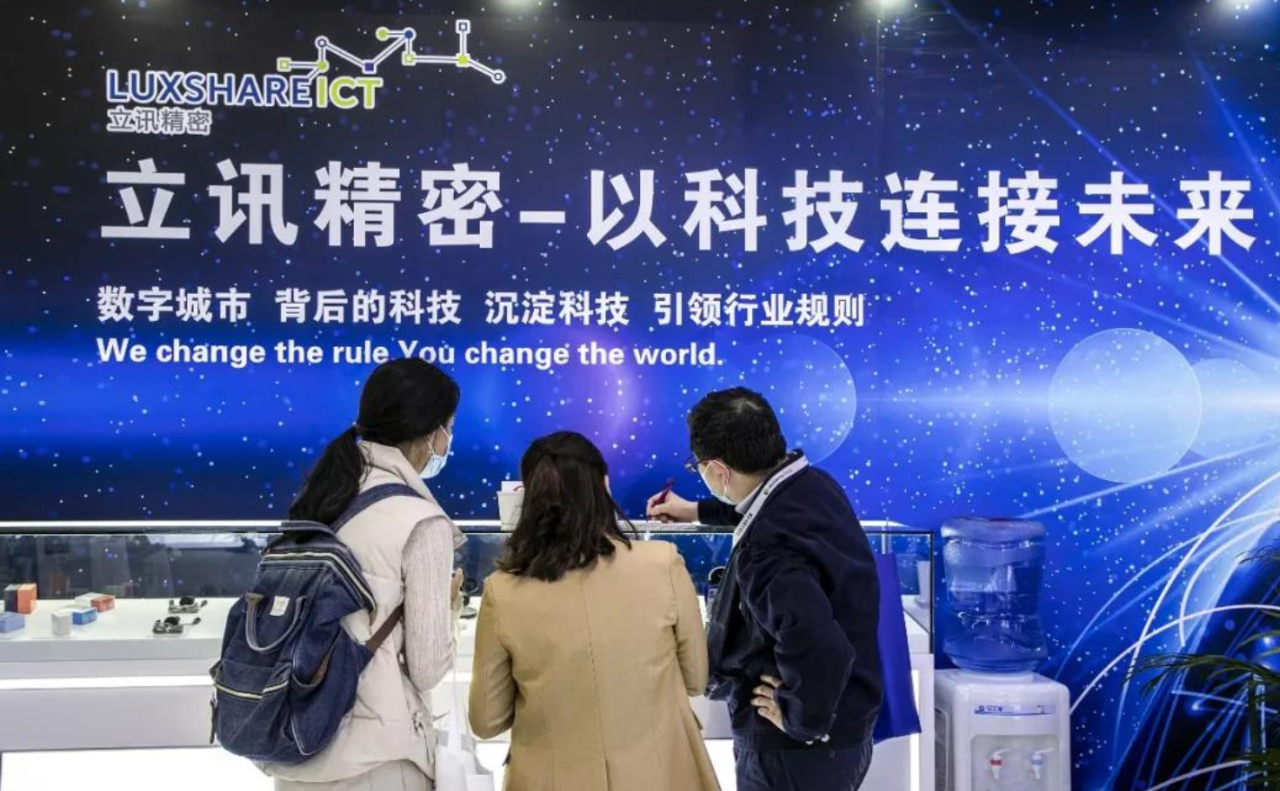
In February of this year, Luxshare Precision announced that it had signed a cooperation agreement with Chery to establish a joint venture company, whose main business is the R&D and manufacturing of new energy vehicles.
By the way, it should be added that Wang Laichun, the founder of Luxshare Precision, was also a factory girl who left Foxconn in the early days. Her most well-known achievement was fighting with Foxconn for Apple’s orders.
And now, they will meet again on the racetrack of car manufacturing.
Do you know any other mobile supply chain companies that have entered the automotive supply chain?
— The End —
This article is a translation by ChatGPT of a Chinese report from 42HOW. If you have any questions about it, please email bd@42how.com.
